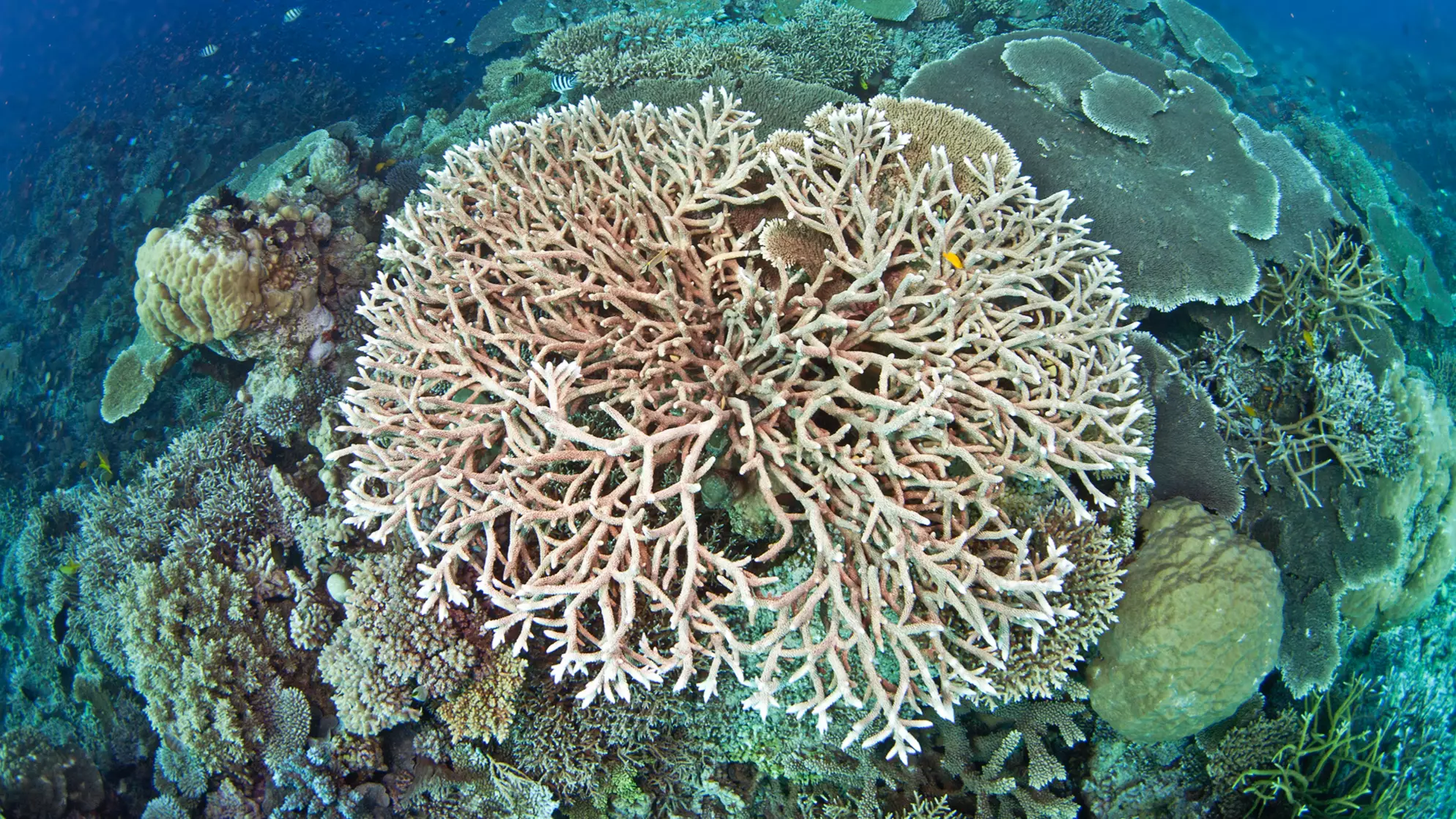
Ireland is not a land that you readily associate with warm water. Alright, we might but in our tea, but in terms of the water that surrounds us, nope. It's freezing.
In fact, we pride ourselves on being the only nation that still goes to the beach in the rain and still goes swimming in our smalls no matter what the weather, time of year, or standards of public decency.
Bearing this in mind, you'll be as surprised as I was to hear that, according to scientists, Ireland still has coral. As it happens, we go way further than just having a wee bit here in and there: we've got bloody loads of it.
Aaron Lim, a geoscientist at UCC in Cork, wrote an article for The Conversation explaining all about our coral.
Advert
"Unlike most other animals, corals are immobile and so rely heavily on currents to transport tiny bits of organic material to feed on," writes Aaron.
"Over time, in some cases millions of years, cold-water corals can grow to eventually form huge skyscraper-sized structures on the seabed called 'coral mounds'."
"These structures are common in the northeast Atlantic at the edge of the Irish continental shelf. They can be several kilometres long and reach 100 metres (328 feet) or more in height - taller than any building in Ireland."
You might be wondering where exactly they've been hiding. The answer, according to Aaron Lim, is Porcupine Bank Canyon. Now that might sound like a rejected country song title, but it's actually an area of the Atlantic Ocean about 250km out into the sea from Galway.
"One place of interest is the Porcupine Bank Canyon, the largest submarine canyon at the edge of Ireland's continental shelf," writes our expert Aaron."Colleagues and I wanted to understand why the coral there varied so much over short distances."
"To do this, we used the Irish Marine Institute's deepwater research submersible to gather sonar data and deploy monitoring systems."
"This equipment is essential to retrieve information from habitats that can be found almost a kilometre (0.62 miles) beneath the surface. We recently published the results of our work in the Nature journal Scientific Reports."
"Images show that corals are thriving at the very edge of the canyon on a near-vertical cliff face. Monitoring stations deployed nearby showed that the currents here were fast, sometimes more than a metre per second, the highest speed ever recorded in a cold-water coral habitat."
So there you have it. Get the snorkels out, we're going coral diving.
Featured Image Credit: